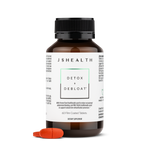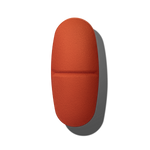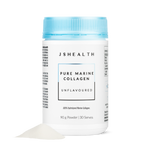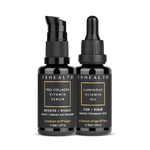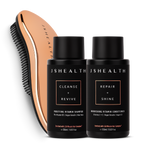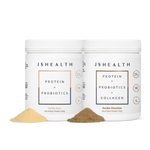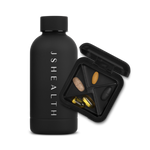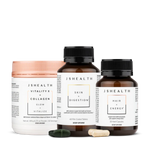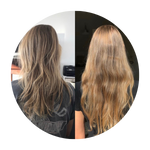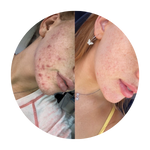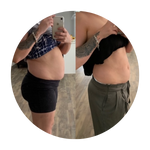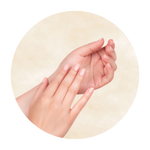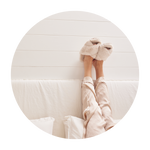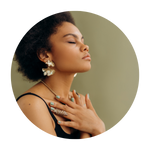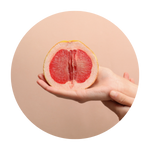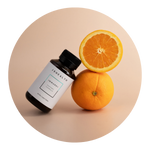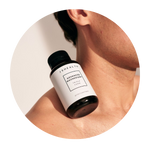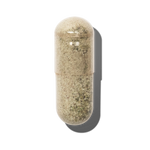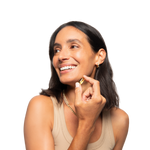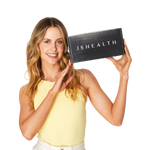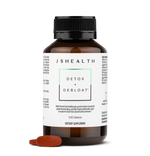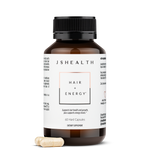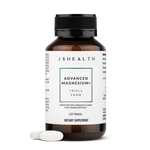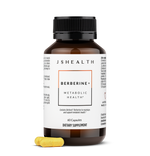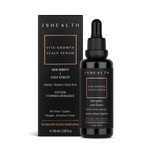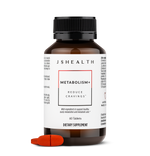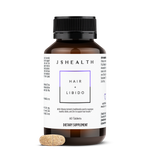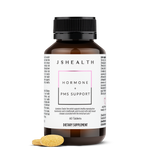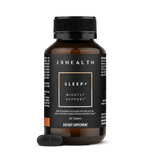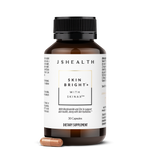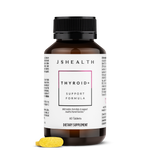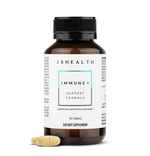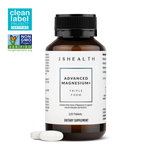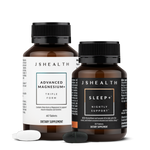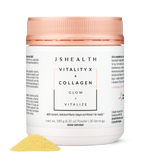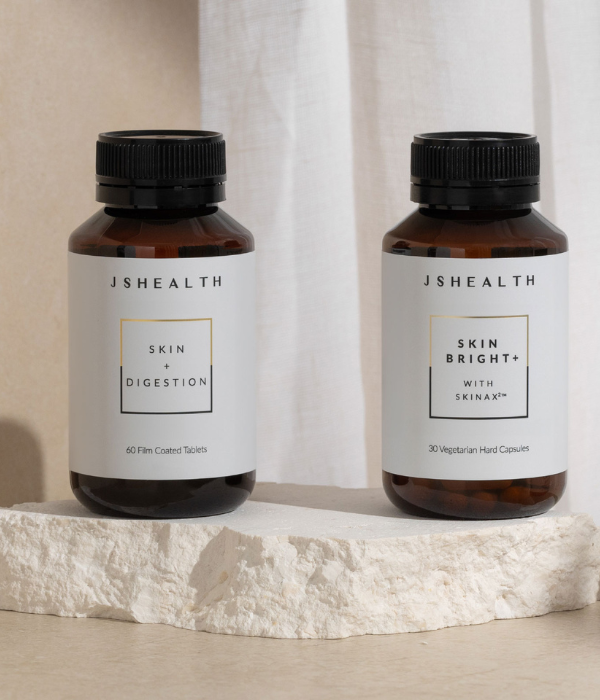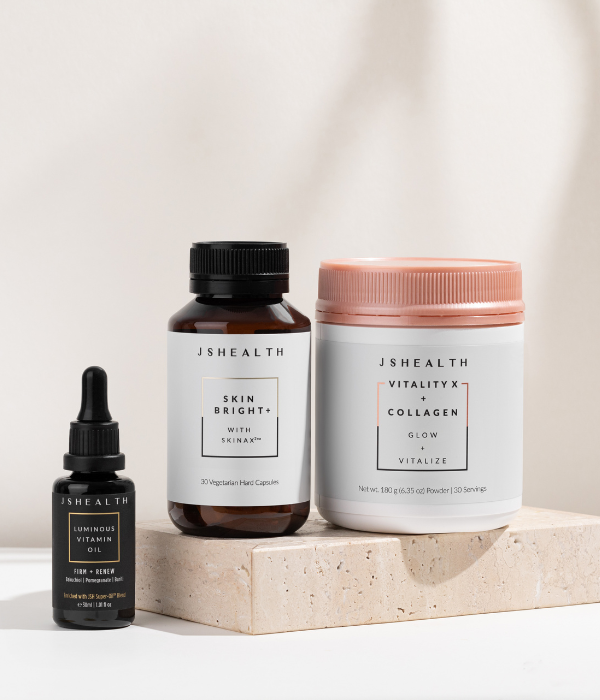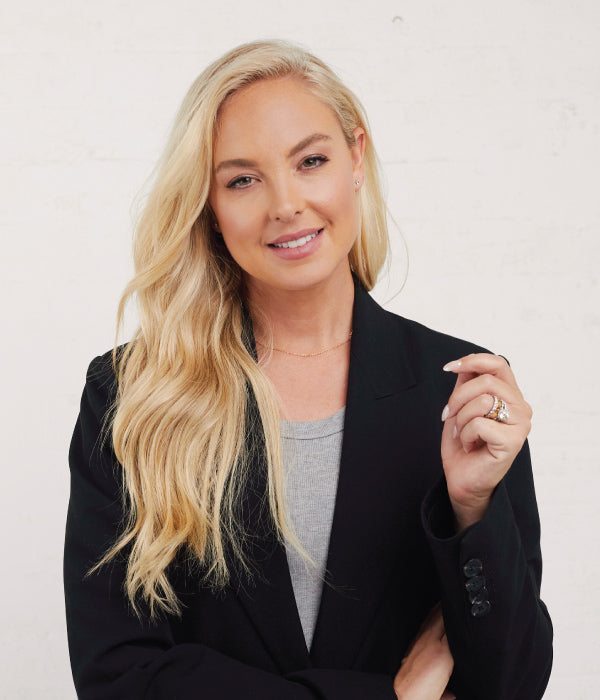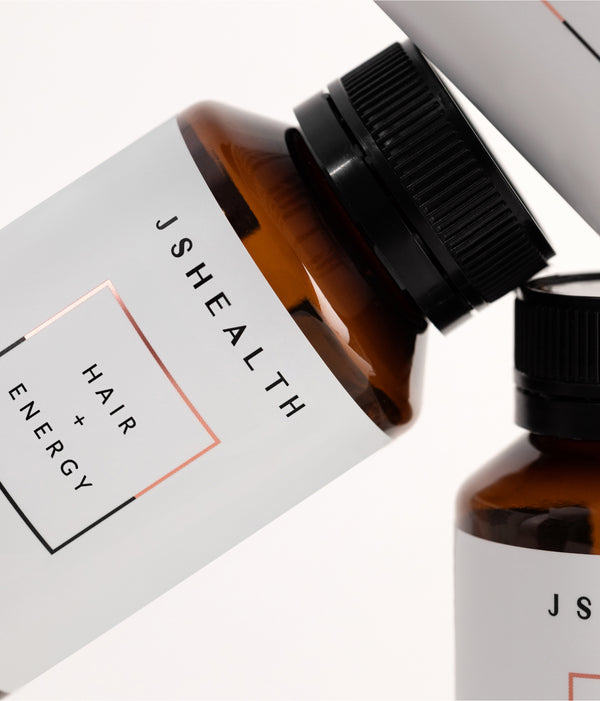25% OFF SUBSCRIPTIONS!*
How Long Does Postpartum Hair Loss Last?
Every pregnancy is unique: some people may lose their appetite, while others give in to the sweet cravings. Some soon-to-be-moms have trouble falling asleep, while others can’t get out of bed.
While you can’t truly know how your body will react to pregnancy, it’s helpful to understand the possible side effects so you can feel better prepared for your experience. Similarly, postpartum journeys look different for everyone.
Your hormones (like estrogen and progesterone), weight, skin, breast size and more can all change after pregnancy. While some changes are very noticeable, like going up a shoe size or the occasional mood swing, you might feel nervous about how your appearance might change after having a baby.
The postpartum period can bring a variety of side effects: one of which is postpartum hair loss (a common type of hair loss type under the umbrella of telogen effluvium). While you are busy with a newborn, the last thing you may want to worry about is losing your hair.
That’s why we’ve provided all the information you need on hair loss in new moms:
What Is Postpartum Hair Loss?
As the name implies, postpartum hair loss is the excessive shedding of hair in the first few months after giving birth. While it’s incredibly frustrating to see more and more hair in your hairbrush or in your shower drain, postpartum hair loss is perfectly normal.
In fact, between 40 and 50 percent of women who have recently given birth struggle with postpartum hair loss. If you are experiencing this excessive hair shedding, you’ll most likely notice it around your hairline, especially if you have long hair. However, like most side effects of pregnancy and postpartum, it differs from person to person.
A Closer Look at the Hair Growth Cycle
To better understand what’s happening during postpartum hair loss, it’s helpful to take a closer look at the hair growth cycle.
The first and most active phase of hair growth is called the anagen phase. The hair grows out of small pores in your skin on your scalp called follicles. Then, for two to six years, these hairs stay in the active growing phase. Around 90% of the hair on your head is in the anagen phase at any given time.
After a few years of growing, your hair starts the catagen phase. This short, transitional phase results in the shrinking of your hair follicles. Once your hair follicles have shrunk, your hair enters the telogen phase, which lasts about three months.
After this short resting phase, the follicles will release the strand of hair, and it’ll fall out naturally as your brush, shower or run your hands through your hair.
What Causes Postpartum Hair Loss?
Pregnancy hormones can dramatically alter your regular hair growth cycle. Pregnancy causes a rise in estrogen levels in the body, and estrogen causes your hair to remain in the resting stage rather than moving to the shedding stage. The increased levels of hormones and stagnant resting periods are why many women experience the feeling of fuller, thicker, healthy hair during pregnancy.
Additionally, estrogen can also cause hair in the growing period to move prematurely to the resting period.
After giving birth, your body experiences a sudden change back to pre-pregnancy hormone levels. As estrogen drops, the hair that was moved or kept in the resting period then moves to the shedding period and falls out.
Therefore, it’s common to lose less hair than average during pregnancy and lose more hair than average during postpartum, especially when breastfeeding. Peak hair loss usually occurs around four to five months postpartum, though low vitamin D levels, thyroid concerns or anemia can exacerbate it.
How Long Does Postpartum Hair Loss Last?
Each new mother’s experience is ultimately unique in the time post-childbirth. That said, postpartum hair loss usually begins around three months after delivery. Once this shedding phase is underway, it typically lasts for anywhere between three and six months.
For most, normal hair growth returns within six months to a year after childbirth, but for some, it can take longer than a year.
Should I Be Concerned About Postpartum Hair Loss?
For the vast majority of new mothers, postpartum hair loss is a completely natural process that you should not be concerned about.
However, if you are noticing other symptoms along with your hair loss, such as fatigue, changes in weight or changes in menstrual cycle, it’s important that you seek medical help. Your healthcare provider will be able to determine if your hair loss is simply connected to childbirth or if there’s an underlying issue.
How To Support Your Hair After Pregnancy
Although postpartum hair loss is temporary, some at-home hair loss treatment techniques can help take care of your hair when your hormones are out of balance.
Here are the best tips to remember when you are experiencing issues:
1. Eat a Balanced Diet
Eating a balanced, healthy diet that’s rich in nutrients will help to reduce the effects of postpartum hair loss. Vitamins, minerals and antioxidants are all important factors when it comes to hair growth. Malnutrition has been linked to problems with hair structure and regrowth, so make sure you are being mindful of getting enough each day.
Here are a few examples:
- Foods high in Iron, like red meat, spinach and lentils help prevent hair loss.
- Biotin-rich foods like eggs, nuts and whole grains support hair growth.
- Foods that contain Vitamins A, C and E, such as leafy greens, citrus fruits and avocados, all support hair follicle health and can help improve the appearance of hair.
2. Avoid Heat Styling
Styling with heat, especially when you do it too often, can damage the hair shaft and leave it vulnerable to breakage. If you can, avoid using tools like curling irons, hair straighteners and hair dryers. Using heat protectant spray is a good way to minimize damage if you do choose to use any heat styling tools.
3. Be Gentle With Your Hair
During this time, your hair is more delicate than usual, so be more gentle in your hair care routine and you will be rewarded with positive results.
Using wide-toothed combs and brushes and avoiding “tight” hairstyles like braids and ponytails are great ways to prevent breakage and minimize hair loss. Lastly, be wary of products billed as “conditioning shampoos,” which tend to be overly heavy, weighing down hair.
4. Get Regular Trims
Visiting a hairstylist more frequently during this time period can help to prevent split ends and breakage. As a result, your hair may look healthier and fuller.
Some haircuts help overly thin or fine hair appear fuller as well. Your stylist might recommend a shorter haircut like the shag, blunt shoulder cut, maybe with fringe or curtain bangs.
5. Try Scalp Massages
Massaging your own scalp, or recruiting a friend or partner to give you a scalp massage, is a good way to improve blood flow to the hair follicles — an adequate supply of blood and oxygen to the follicles means better hair growth.
Gently and slowly massage the skin all over the scalp for 10 minutes each day. You can elevate a scalp massage by using essential oils that help to stimulate hair growth — rosemary, lavender and peppermint are all great options.
Can You Use Supplements To Support Hair Health?
Nourishing your hair from the inside and out during this period of time is a great way to maintain your overall hair health. Browse our nutritionist designed topical and ingestible haircare range for support:
Hair + Energy Formula
Our global best-selling Hair + Energy Formula capsules feature a combination of Iodine (from JSHealth Kelp™) and Zinc to:
- Support hair growth and health
- Maintain hair thickness and strength
- Maintain nail health and strength
- Support skin health
- Support energy levels
Purifying Vitamin Shampoo + Nourishing Vitamin Conditioner
Topically support your hair health with our Purifying Vitamin Shampoo and Nourishing Vitamin Conditioner. They contain vegan Keratin, Pro-Vitamin B5, Aloe Vera, Vitamin C and other science-backed ingredients that work together to:
- Support scalp and hair health
- Shield the hair from heat damage
- Soften and detangle
- Enhance shine
- Support colored hair and minimize color fading
- Nourish and hydrate
- Build strength
- Support hair growth and health (due to scalp support)
- Be anti-static
- Help balance natural hair oils
The Purifying Shampoo and Nourishing Vitamin Conditioner are clean and kind vegan formulas that contain no sulfates (SLS, SLES), silicones or parabens.
Why JSHealth Is Different
OUR PROMISE
- Transparency + honesty
- Clean + pure formulas
- Natural fragrances
- Vegan-friendly
- Cruelty free - not tested on animals
- Eco-conscious packaging
100% FREE FROM:
- Parabens
- Sulfates (SLS, SLES, ALS, ALES)
- Phthalates
- Mineral oil
- Petrolatum
- PEGs
- Silicones
- Synthetic colors
- Synthetic fragrances
- Animal-derived ingredients
♻︎ Our JSHealth Vitamins Hair range is housed in 50% recycled plastic containers. Please recycle your bottles in your household recycling.
Summary
Postpartum hair loss and thinning hair are common experiences for new moms and can be concerning when you don’t know what to expect. By sticking to a balanced diet, being kind and gentle with your hair, intentional with styling and supporting your scalp and hair both inside and out, you can help reduce hair loss during this period of time. Remember that this is all a normal part of the wonderful experience of pregnancy and should resolve itself after a few months.
If you are worried about your hair loss, especially if it doesn’t resolve over time or is accompanied by other symptoms, you can always talk to your healthcare provider. They will be able to provide guidance and support and help rule out any underlying conditions contributing to hair loss.
Sources:
Postpartum Hair Loss | Michele Green MD
The Role of Estrogen in Pregnancy | News Medical
Diet and hair loss: effects of nutrient deficiency and supplement use | National Library of Medicine
Postpartum Hair Loss: Causes, Treatment & What to Expect | Cleveland Clinic
